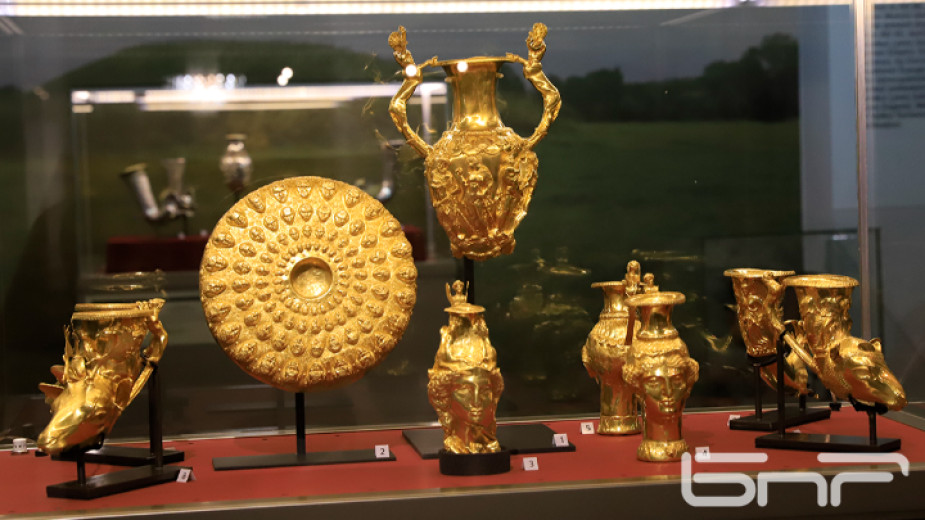 9
9
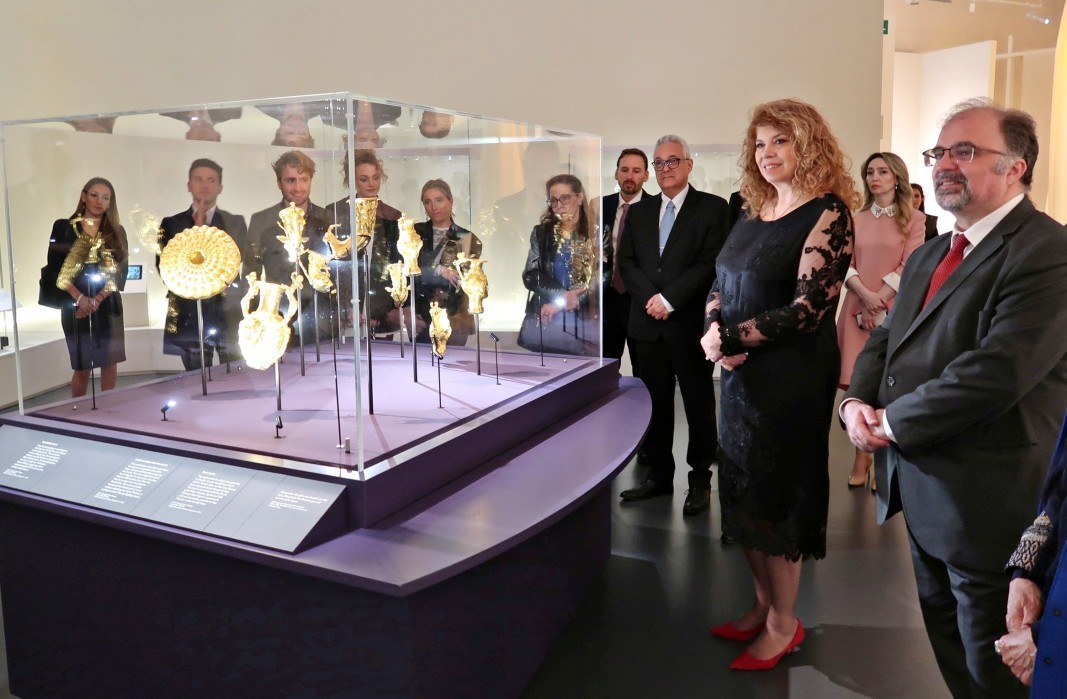
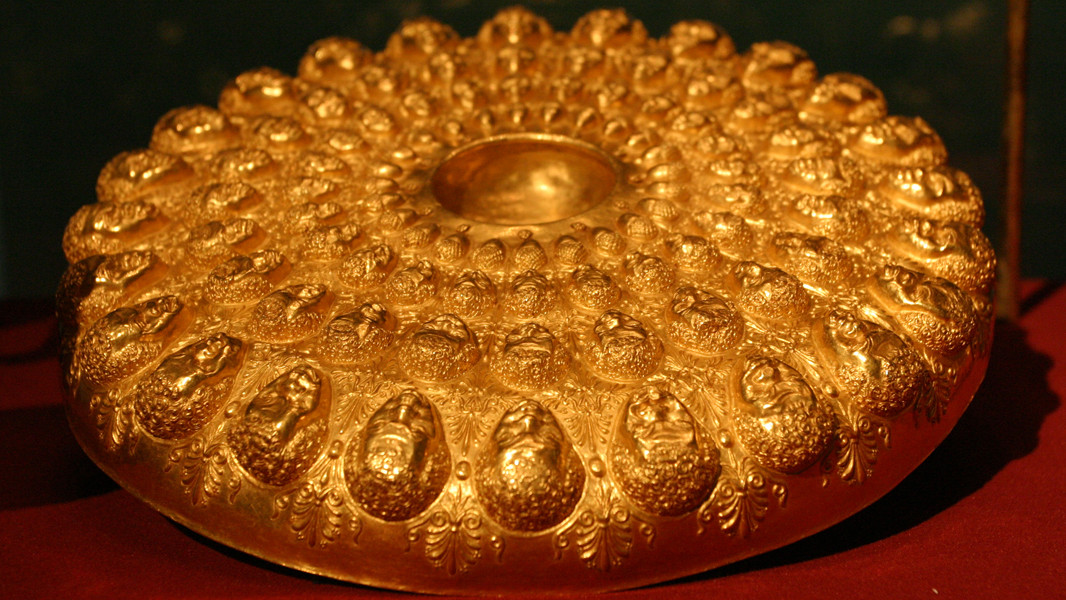

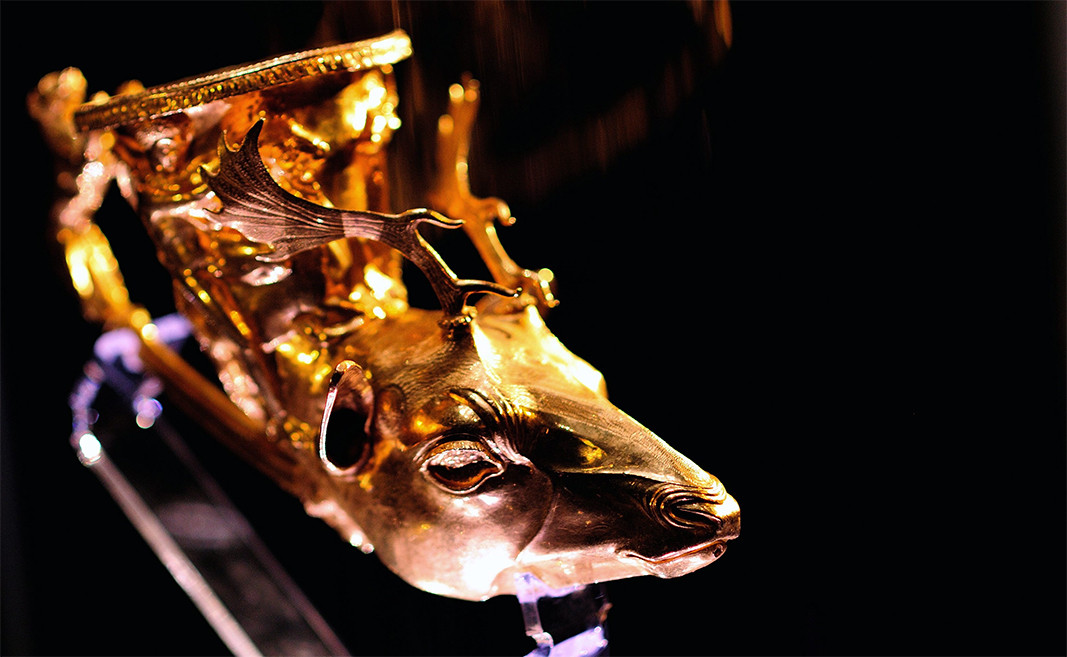
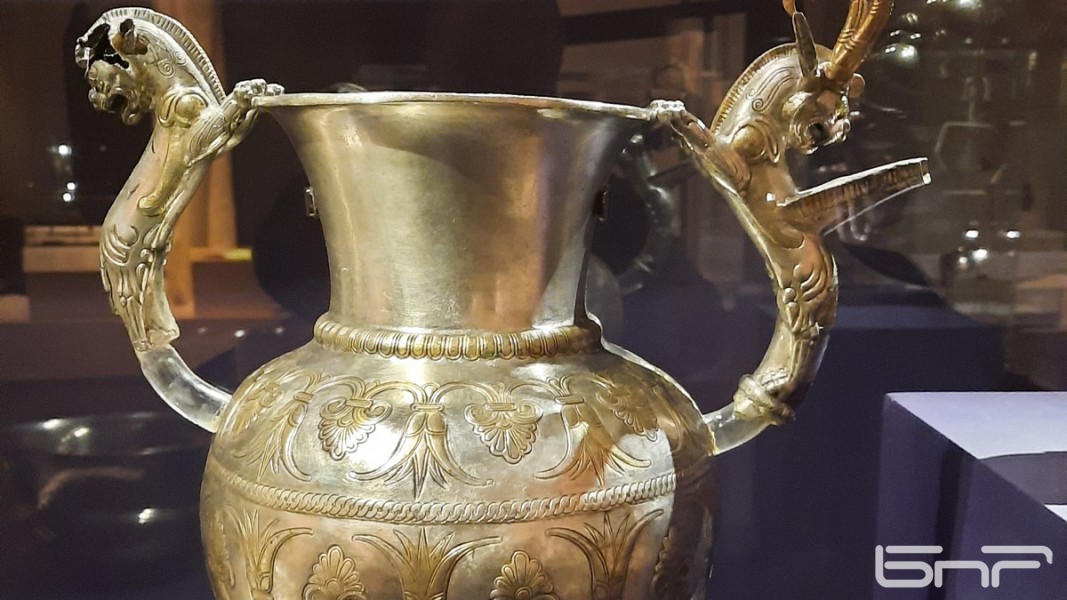
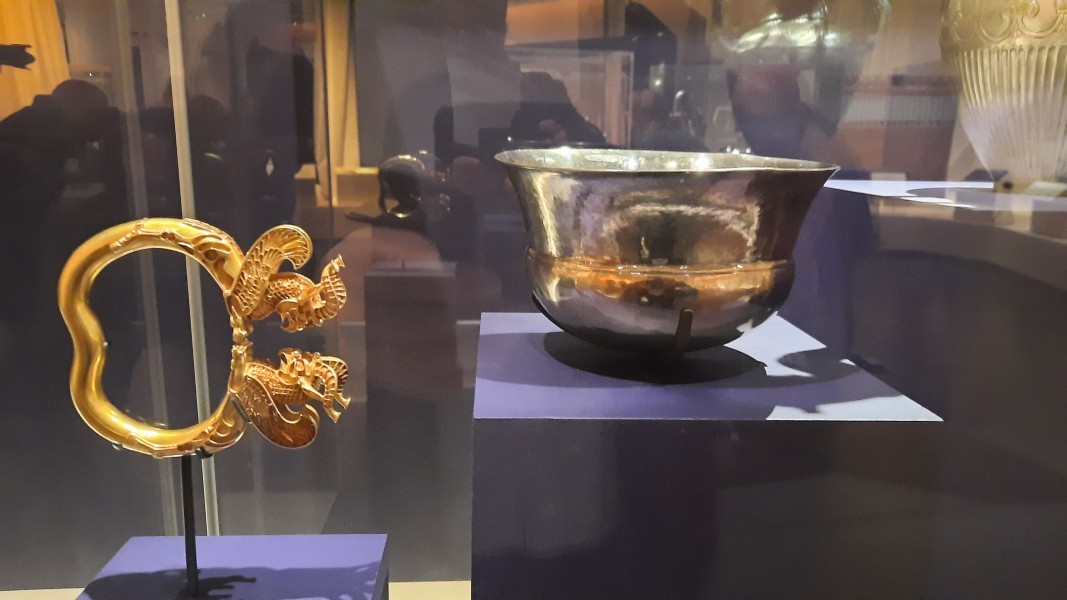
Read also:
Photos: Veselin Paunov, BTA, BNR, BGNES
Edited and published by Rositsa Petkova
What is the impact of digital technologies on the arts, and can theatre, by shifting its core paradigms, continue to offer its unique experience to audiences while pushing them beyond the limits of their own perceptions? Can it take them into realms that..
The conference "The Festival and the City" will be held in Sofia on March 13 and 14, organized by the Bulgarian Festival Association (BFA) with the international participation of experts from the European Festival Association (EFA). During the forum,..
A concert featuring world-renowned Bulgarian violinist, concertmaster and professor Borislava Ilcheva and the Havana Symphony Orchestra Lyceum Mozartiano, conducted by maestro José Antonio Méndez Padrón , took place at Havana Cathedral. The event was..
The Bulgarian Minister of Culture Marian Bachev and Vice President of Bulgaria Iliana Iotova opened the Bulgarian stand at the world-famous London Book..
Rumen Rashev is a prominent figure as principal soloist in Bulgarian ballet in the 1970s and 1980s. He found a place in the world of art without ever..
A concert featuring world-renowned Bulgarian violinist, concertmaster and professor Borislava Ilcheva and the Havana Symphony Orchestra Lyceum Mozartiano,..

+359 2 9336 661
